Pull up a pew as we talk to Dermot O’Shea, who founded WONDR seven event-filled years ago. Are you sitting comfortably? Good.
By the way, I wonder who designed that chair you are sitting on? Somebody did. These days somebody has to design almost every object and experience that we interact with. This may be a rather obvious truth, but it’s worth noting every now and again. It’s also a very relevant factor in the story of WONDR.
“In short, I wanted to be a furniture designer,” Dermot explains. Inspired by elaborate and Byzantine sculptures and the likes of Charles & Ray Eames, he headed off to a design college. It was, in digital terms, a more innocent era. “This is pre-internet now… zip disks were in fashion and the floppy disk was still there.”
Once ensconced in university life however, dreams of becoming an Irish Le Corbusier came up against reality. “The lecturer at the time was a very talented product designer who was on the TV a lot, he said, ‘Look, draw me 100 straight lines in less than a minute because I want to see how well you can draw.” The resulting output lacked the geometric symmetry required for such a rigorous taskmaster but all was not lost.
Charles & Ray Eames
Lounge Chair & Ottoman
“He said, ‘Look, man, you’re never going to make it as a furniture designer but you seem to have some sort of get up about you. Have you ever considered working in this thing called branding and multimedia?’ So he sent me upstairs to talk to the lad who ran a course called ‘The Management of Design & Innovation’… And I said, ‘you know this sounds good for me’.
And good enough it was. “You learnt the principles of branding but you also had deeper modules in new media, architecture, graphics, interiors and then you would pick a specialism that you wanted to go further in. Mine was branding with multimedia.”
Digital Dublin
Not being able to draw a hundred straight lines led to a grounding in all of the elements that would be stored away and later used when setting up WONDR. Firstly though, there was a whirlwind trip through Dublin’s agency world, where people skills were every bit as important as the UX design experience Dermot was developing. At the time it was dawning on frantic account managers that this digital thing wasn’t some flash-in-the-pan fad. They and their agencies were going to have to adapt to survive.
As everyone does, I tried to get into the agency scene and had mixed experiences.
The head of the first agency Dermot approached looking for ‘a start’ (as they used to say on the building sites) was outraged at his apparent impudence. He suggested Dermot take a mop and bucket to the office toilets, once he was done he was welcome to F**k off. “Whoa, okay, that’s some intro to the industry. So maybe that prepared me for some of the other agencies I dealt with in the future.” Little did he know I had dealt with much worse on building sites in New York where I labored during my college years to pay for education. He seemed like a delicate flower to me.
When you have a start like that, the only way is up, “…but ironically, I didn’t give up and I spoke to other agency owners. Quite a lot of them gave me their time because they recognised I had an interest and a passion in the area. They gave me constructive advice on how to get started. So today, when people apply for jobs at WONDR – even if they’re not ready – I give them my time. I make sure I write a nice note. I’ll always go back and say, ‘Look, maybe you should think about this because this is how I got into it’. It’s almost like karma. Somebody was good enough to lend me a hand and I’d like to continue that philosophy.”
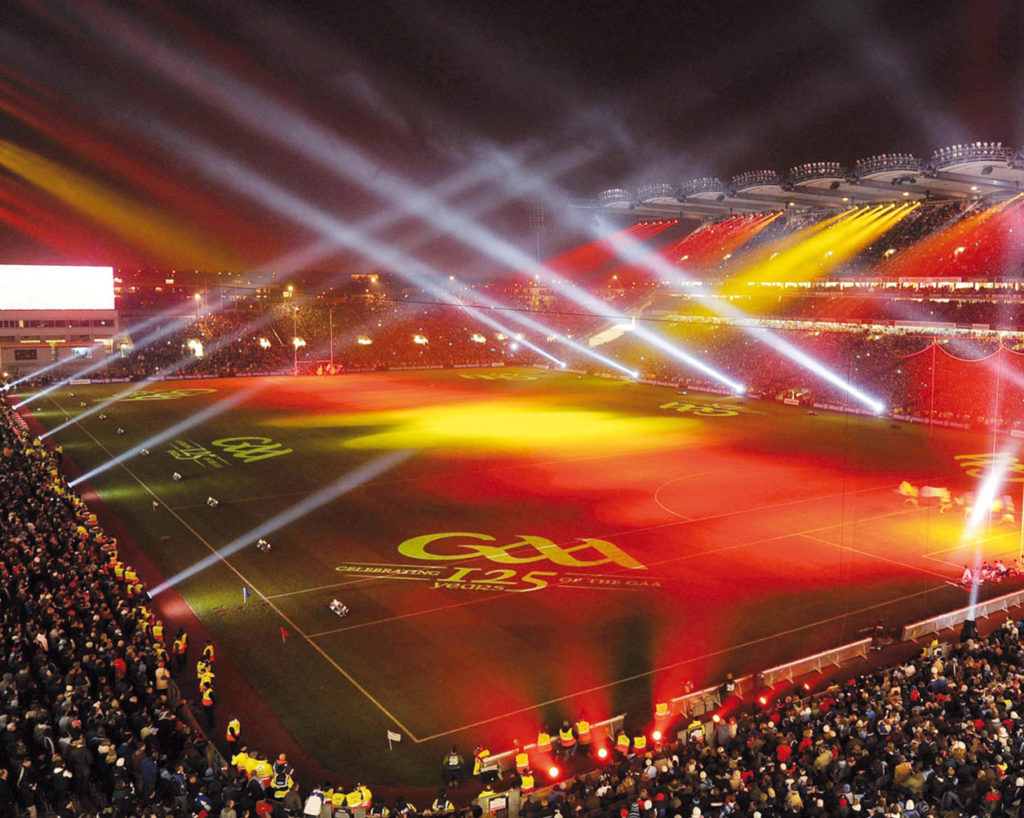
An All-Ireland Approach to Design
Industry stalwart J.P. Donnelly of Ogilvy suggested Dermot speak with Jim Dunne at Brand Union. That was a fortuitous meeting because it brought together a love of design and branding with a passion for the GAA, which was undergoing a major upheaval in its identity and how it presented itself to the world.
“It was very interesting because once I arrived in the Brand Union. I was put on to the GAA rebrand. This was a once in a decade project. I learned a lot from all the big strategy dudes there like Jim and Dave O’Connor about how to structure design and position the value it brings to organisations – even The GAA, which isn’t a traditional bank or insurance company. Design played a massive role in claiming back ownership of the brand from the likes of Guinness and the other sponsors who were almost kidnapping the GAA’s assets.”
While corporate sponsors are necessary and welcome in sports, for a community-based organisation like the GAA, it’s important that their identity wasn’t subsumed into the trappings of a massive sponsor brand. “Because of the way we had developed the design system, sponsors couldn’t come in and dominate because the GAA brand that we created was so strong.
Ten years on we wrote a lovely story about the GAA rebrand. The President at the time was Nicky Brennan – a great hurler back in the day, he read our article and got in contact with me just to reflect on the work and how it still looked as fresh today as it did then. Now you see the brand in nearly every Parish. It’s on the jersey. It’s on the medals. It’s everywhere… even tattooed on people’s arms, and you look back and think, we had a unique opportunity to work on a cultural identity for a special organisation. It won a few international awards, that was my first outing if you will.”
Nobody needs to tell Dermot about the importance of the GAA to Irish cultural life – something that goes far deeper than advertising hoardings, ribbon cuttings or banner ads. That patina of ingrained knowledge no doubt helped add a sense of integrity to the ambitious GAA rebrand project. Every kid in Kerry dreams of one day winning an All-Ireland medal, he just took a circuitous route to get his.
“Any accomplishment you ever achieve is nothing, compared to having an All-Ireland medal but, thankfully, I have an All-Ireland medal that we designed with Oisín Hurst, who is currently WONDR’s Director of Brand Strategy at the moment. So yeah, at least I have one myself.”
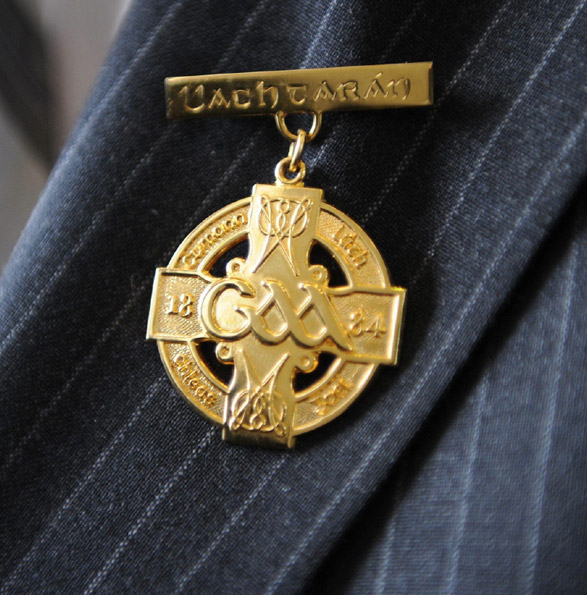
Looking back on seven years in WONDR throws up similar emotions and a sense of having created something that is also built upon integrity. In business, just surviving is an admirable enough trait, but to do so you need an ethos or a philosophy.
WONDR remains independent but when any business wins a few awards and gets a decent profile, people will offer you partnerships and takeovers, as Dermot explains. “When I founded WONDR, I wasn’t naïve enough to think that I knew it all… even though the technology was different, the stories are the same. If you talk to someone who ran an ad agency thirty years ago, or a brand agency or whatever, or a direct marketing agency, it’s the same shit, just slightly different deliverables. So, when I met all these guys, they told me the stories about how some of them had fallen for the trap of taking the money from that investor too early on or taking that free ride from an agency who would offer you a quick way into the market by working ‘in-house’. They all said two things to me; never sell and never scale.”
The problem with reaching a certain scale means that others will want to come in and manage the process. An external management structure can inject a certain order and, of course, cash. But somewhere along the way what makes the venture so unique in the first place can be lost. “Something we’ve done in WONDR from the start is that we have no accountants. The only accountant we’ve got is called ‘Xero’. It’s doing what departments of spreadsheet warriors do in these big agencies. I felt the moment you allow this spreadsheet engineering to dominate your culture, the sooner it can ruin it.
So everything in WONDR has always been about design first. It’s a place for designers and people who are excited by design. And anyone that doesn’t like design is not welcome.”
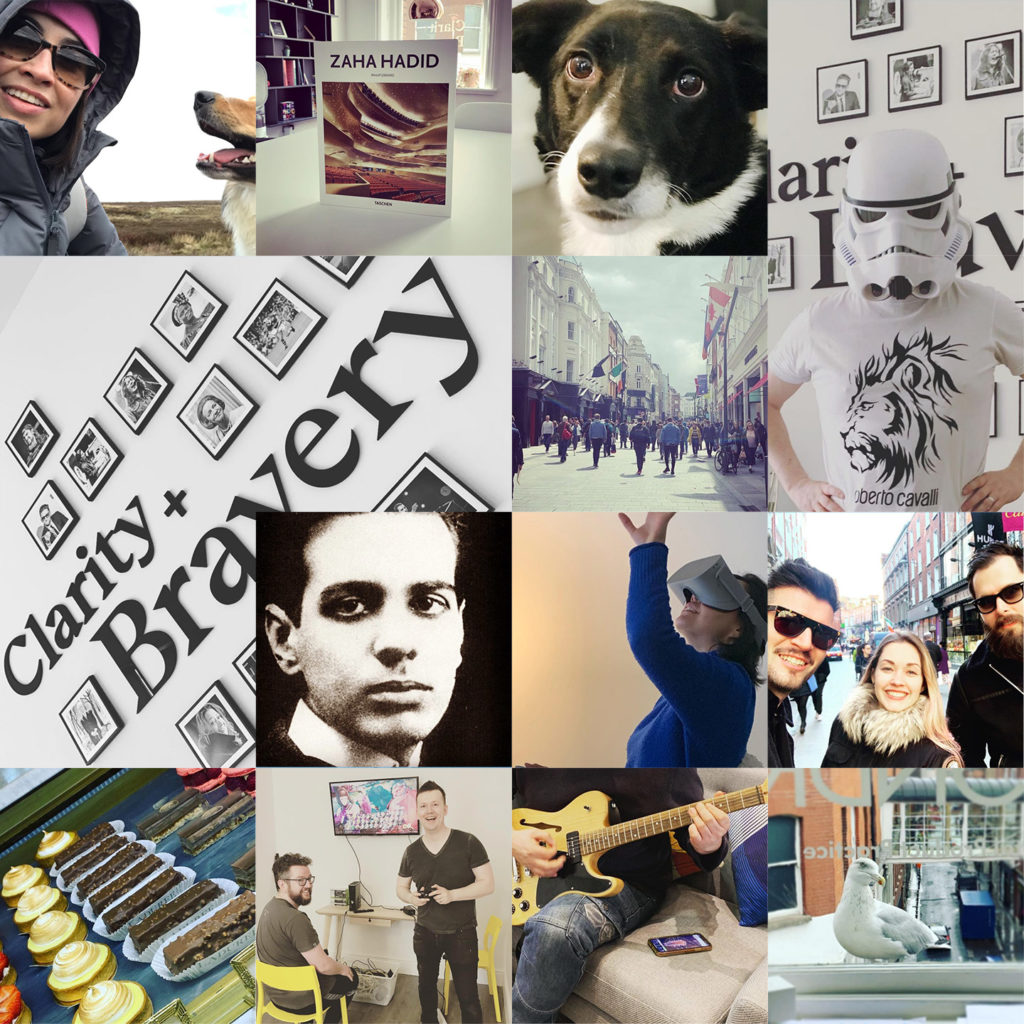
Culture Clash
Warming to the theme, we discuss how a creatively led design practice can retain that culture. The age-old clash between art and commerce naturally results in creative tension as these two worlds collide. This is not always a bad thing – tension can stimulate passion in the pursuit of great work. But the lines can get blurry after a while. Too much energy is wasted when the process intrudes to such a point that it’s a distraction from what everyone set out to build in the first place.
Anyone who works in a creative field will recognise that moment when a desire for control and order begins to restrict the very thing it was brought in to promote. That’s when you lose your soul. Some organisations get it right and some get it wrong and there are learnings in that too. Culture always has to triumph over corporate process if you are to have any hope of retaining an independently creative mind-set.
“To build a really cool creative business. It’s all about culture. It’s not about logos and it’s not about hierarchies or politics. It’s about culture. So we’ve spent a fortune on culture in WONDR. It’s what everything is about. For example we’ve had our own built-in library… that’s something I learned from Jim Dunne – the knowledge in books, keeping them everywhere because it changes the tone.
I worry sometimes we’ve all become monotonous humans because, back in the day, I’d go to my friend’s house and see his LP collection or CD collection. I’d see his books and I’d start to get it get a sense of the person. Whereas now, everything’s just IKEA furniture & iphones in people’s houses.
What I didn’t really understand at first was that culture does come from the top. And I know that’s a cheesy phrase that you hear, but I’ve really learned it because I’m really into design and doing things the right way.
So, sometimes in WONDR I’ll turn down projects. Or we’ll have been offered massive money to do something that just isn’t right or isn’t us. And we’ll say no. I always say to people; ‘always be true’. That’s why we’ve focused on clarity and bravery. Because you’ve got to be brave to not want to take the easy money and in some of those other places, when they take the easy money they sacrifice their culture.”
A WONDR Build
All this ambition is well and good but when did the idea crystallise to put all of this experience into setting up your own company with a philosophy based on these core learnings? Everyone has an opinion on what their business should look like and how it would work more efficiently. But not everyone steps off the escalator of a steady income to have a crack at it.
“Well, yeah, when I was working on my own I had a taste for it, even though I was only doing small projects. I liked just talking to people understanding what they were trying to do because our role is to be a storyteller, through words, through visuals, through technology. Then, I was working in a particular company where I felt like I was leading it. But because there was some idea that you can’t trust designers to run agencies, they always installed what I call accountants on top of me and these accountants would be following me around the place, asking ‘what do we do next?’
All they’re doing is counting the cheques. But I was the one doing the work until one o’clock in the morning. And one day, I was in with Fáilte Ireland – because at the time, I was working on the digital strategy for The Gathering.”
“Glancing at the crew assembled around a boardroom table the client asked, ‘Why are these people here when clearly you could just do this on your own? Why are you supporting all these people?’ And I thought you know what, this fella’s right. I’m going to do my own thing now. I’ve already built up the company for this millionaire and I have no equity. Yet because I’m interested in it I’m the one working until one o’clock in the morning three or four nights a week. So I made it a mission, then, to look at ways to get started.”
It was a short while later that my wife helped me make the final call and give me the final push to exit the big machine. We had just had our first child, we had bought our first home and it kinda made sense to throw in opening a new company into the mix just to keep busy. Her encouragement gave me the confidence to believe in my ability to do this. And the business is roughly the same age as our child so there’s a nice story in that too.
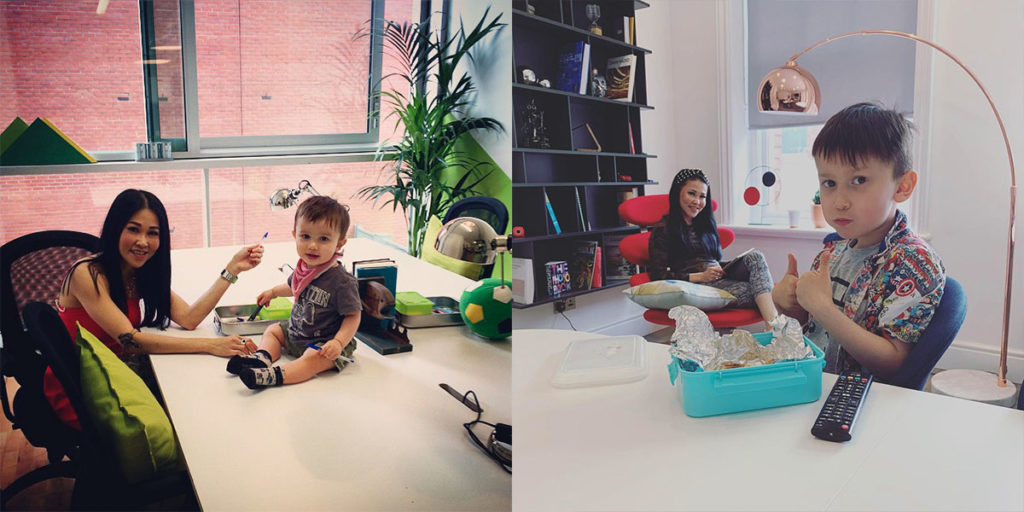
As it turned out, plenty of people were eager to make the same journey. You could sense in Dublin at the time a changing of the guard and a desire for an alternative to the stale agency model.
“I made a lot of friends over the years. I knew that there are enough talented people in Ireland, in individual companies that we could come together to form what I would call a super agency. One that could be as good as any company in Amsterdam, or New York. And that’s what WONDR was born out of. I was so tired of being compromised and giving up on creating something beautiful just because we needed to turn over money to keep all these people aboard the ship.
So, when we started WONDR, it was all about craft. And next thing you know, we were winning awards from these organisations, like the FWA and the CSS Design Awards, that no Irish company had ever won before.” (WONDR was shortlisted as a Top 10 Studio in the world by the prestigious CSS Design Awards in 2018). “For the first couple of years we focussed on our culture and creativity to almost… refresh the soul.”
Soul Food
Soul is that indefinable thing that you never seem to find on a brief or a planning document and yet it’s something that WONDR is passionate about. Why shouldn’t UX have a little bit of soul incorporated into it?
Soul is also something Irish people have in abundance and WONDR is a keen supporter of home grown talent. “In Ireland, there is an extremely talented creative community. I feel sometimes we have become so insular that we forget to showcase it. Why do Irish people do so well? We’re actually a very talented nation of storytellers, whether it be through music, poetry, design, copywriting or art direction. A lot of people now look at WONDR and say, ‘you’re doing work that’s much better than the big fancy place in New York’. And so, now, when I go to meet these companies, they’re just blown away.
The feedback from the market has been phenomenal. We’ve had a lot of interest from Singapore, from America and elsewhere.
And they are, I suppose, potential growth areas for WONDR and we are looking to branch out. I think if you can expand your mind-set and collaborate with different people it will keep you fresh and also keep you on your toes.”
The brand positioning of WONDR – the mission statement that greets you is “Accelerated Innovation comes from Clarity and Bravery.” What does that mean in practice? “Well, clarity is… it’s a couple of things. There are a lot of businesses out there and I won’t name them. But they love to create complexity, because there’s money in managing complexity. They promise the big machine of innovation and digital transformation. There’s a lot of bullshit in what they’re doing. It’s a philosophy of ‘create complexity / land-and-expand’. WONDR’s whole model is almost an antidote to that level of bullshit as I see it.”
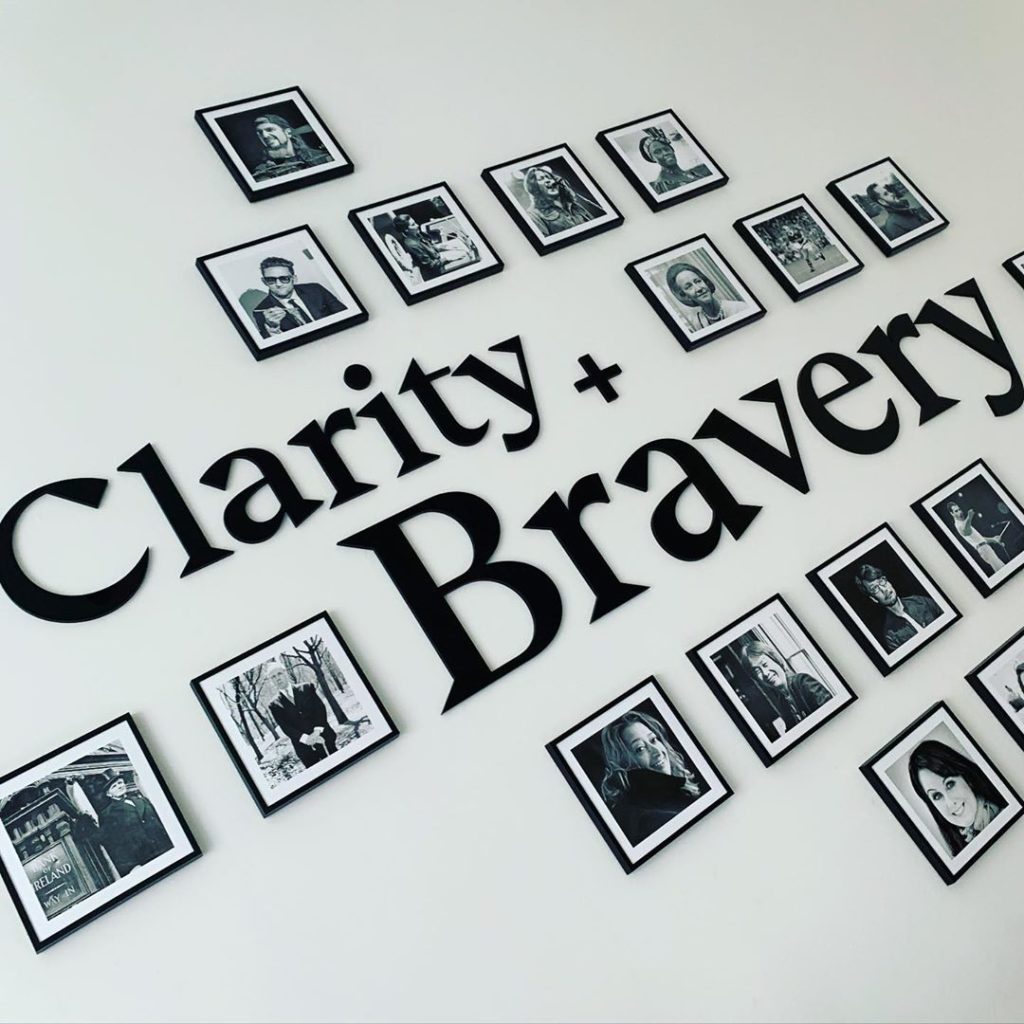
“Some people have described us as an anti-agency agency. It’s an interesting sound bite that keeps coming back to us because they can’t get over the level of honesty. I’ll say to clients, look, don’t spend your money here. You don’t even need to do this. You don’t need to give WONDR this… Just do this first – make some money, come back and then we can look at these things. And people appreciate that advice, because digital can be complex. And if people think digital is hard now, they need to consider that we are still in the early days and the easy part of digital. Wait till you see what’s next once AI and robotics take over!”
This thought encapsulates the sense that there is a digital world just around the corner that may subsume us. It’s reassuring to talk to someone who seems to know what the direction of travel is. There is another part of the WONDR philosophy and that is innovation but not just for the sake of it – in service to the underlying strategy as Dermot describes it, “The other part, then, is bringing that clarity and being brave enough to innovate. Being brave enough to change because the only people that are rewarded are the people that are willing to put their necks on the line. And time and time again, we’ll do that. But we have a way to back that up with data and science that we know – when we’re suggesting innovation – guarantees that it’s going to work”.
Power, Money & Politics
“First you get the money, then you get the power,” as Tony Montana memorably tells Manny in Scarface. The same principals apply to any business. WONDR seems determined to exert its soft power into a series of smaller boutiques, rather than an all-encompassing empire. It’s the “speedboat” versus the “tanker” to borrow a recent analogy from the European Union Commissioner, Ursula von der Leyen, Tankers are impressive but they are cumbersome and difficult to turn around.
“When you scale like that, the people who aren’t designers come into your company. And because they haven’t got any design to add, they focus on what I would call power, money and politics. And then that starts to bastardise your culture. So, everyone interviewed by WONDR, has to have a passion for design. What we’re looking for is that ‘can do’ mind-set. Those people who are culturally curious, people who want to discover something. If you want to be good, you’ll have a passion for it. You’ll find a way.”
To wind up, I ask how Dermot would describe WONDR to someone he was sat bedside at a dinner party with no knowledge of design, creativity, innovation or any of the things he is passionate about.
“The best way to describe it is – we help people make sense of digital. And we help brands find a way to make money through digital technology. That’s it. It’s a simple as that. Or, to be more accurate – like digital technology itself; it’s as simple or as complicated as you want to make it.”